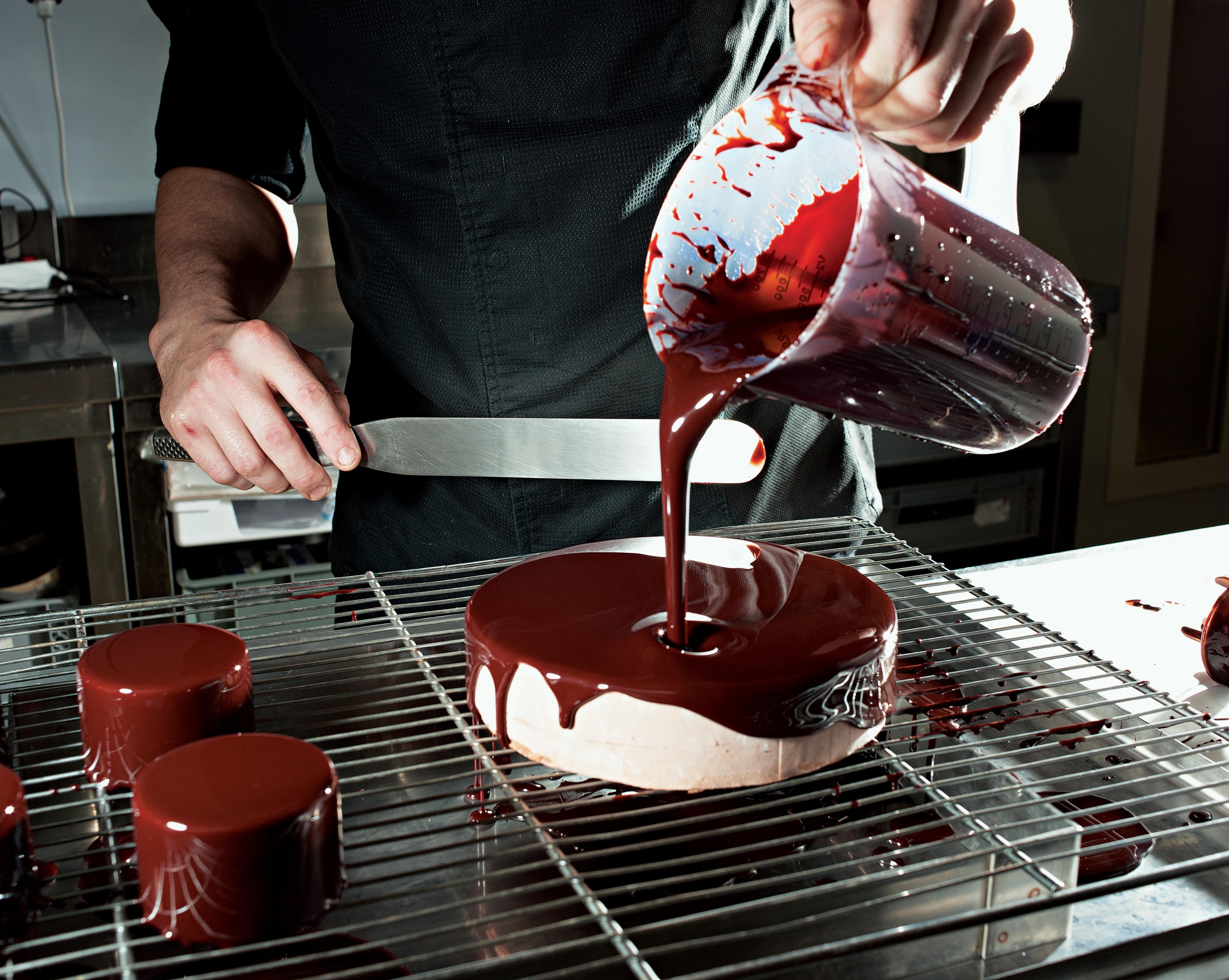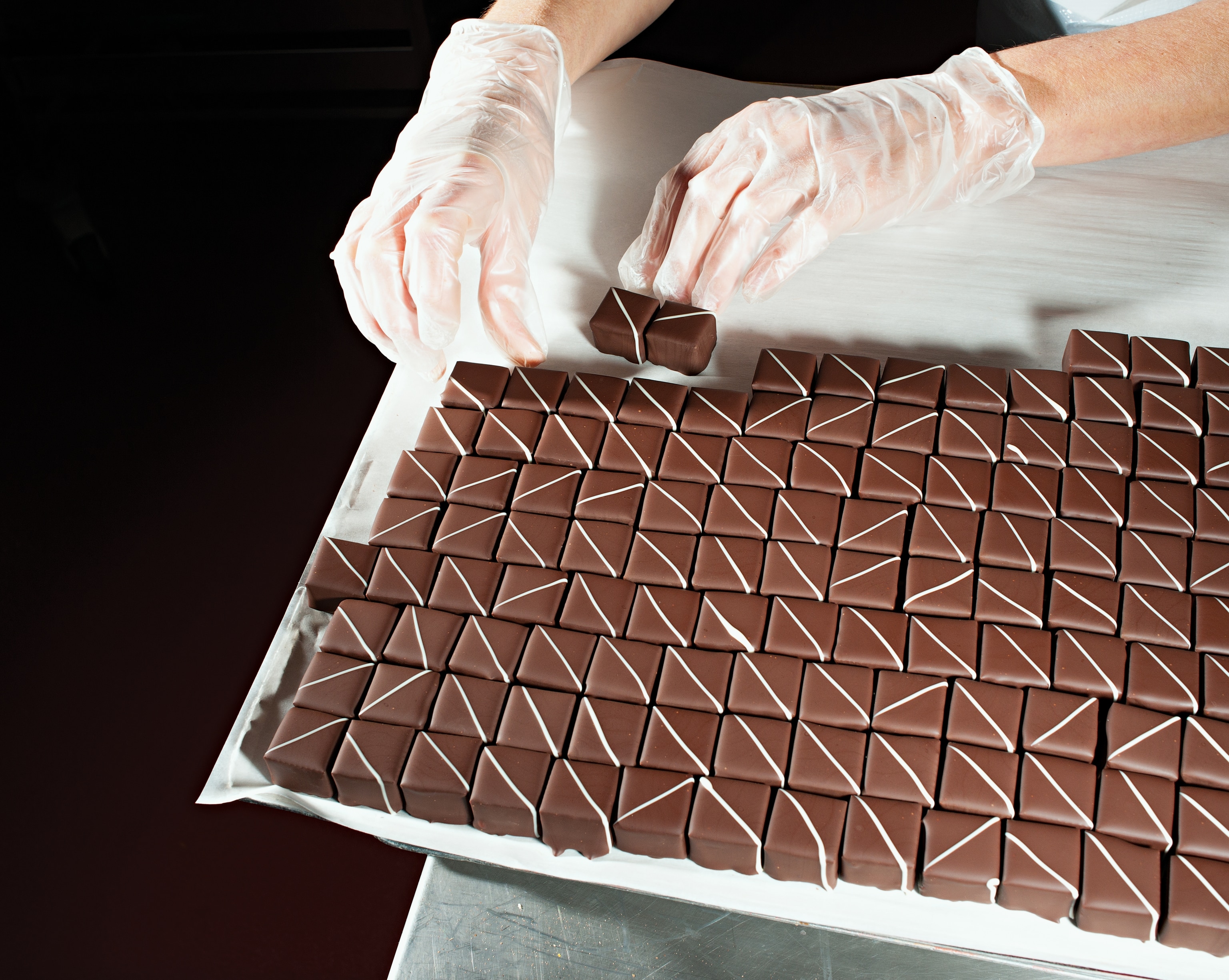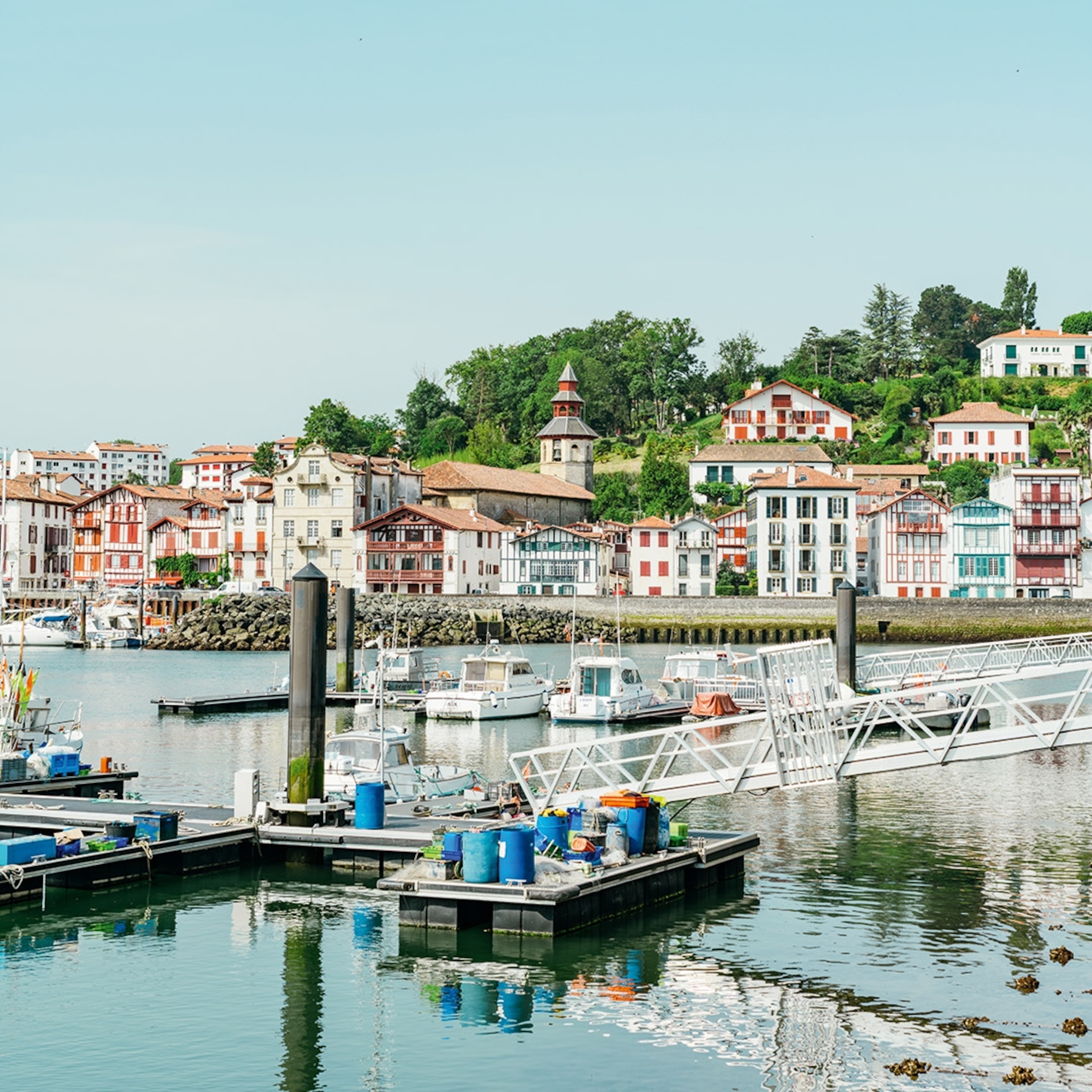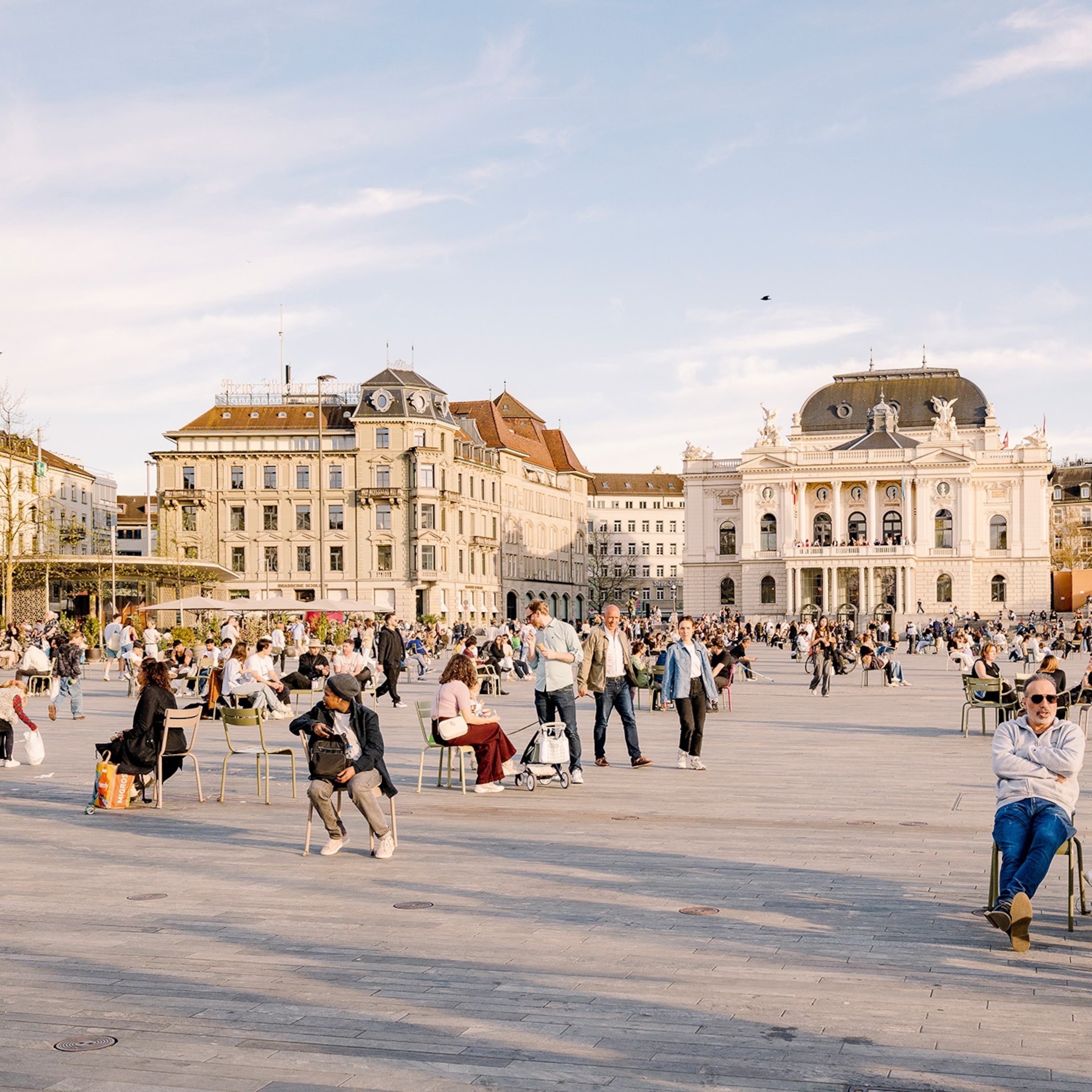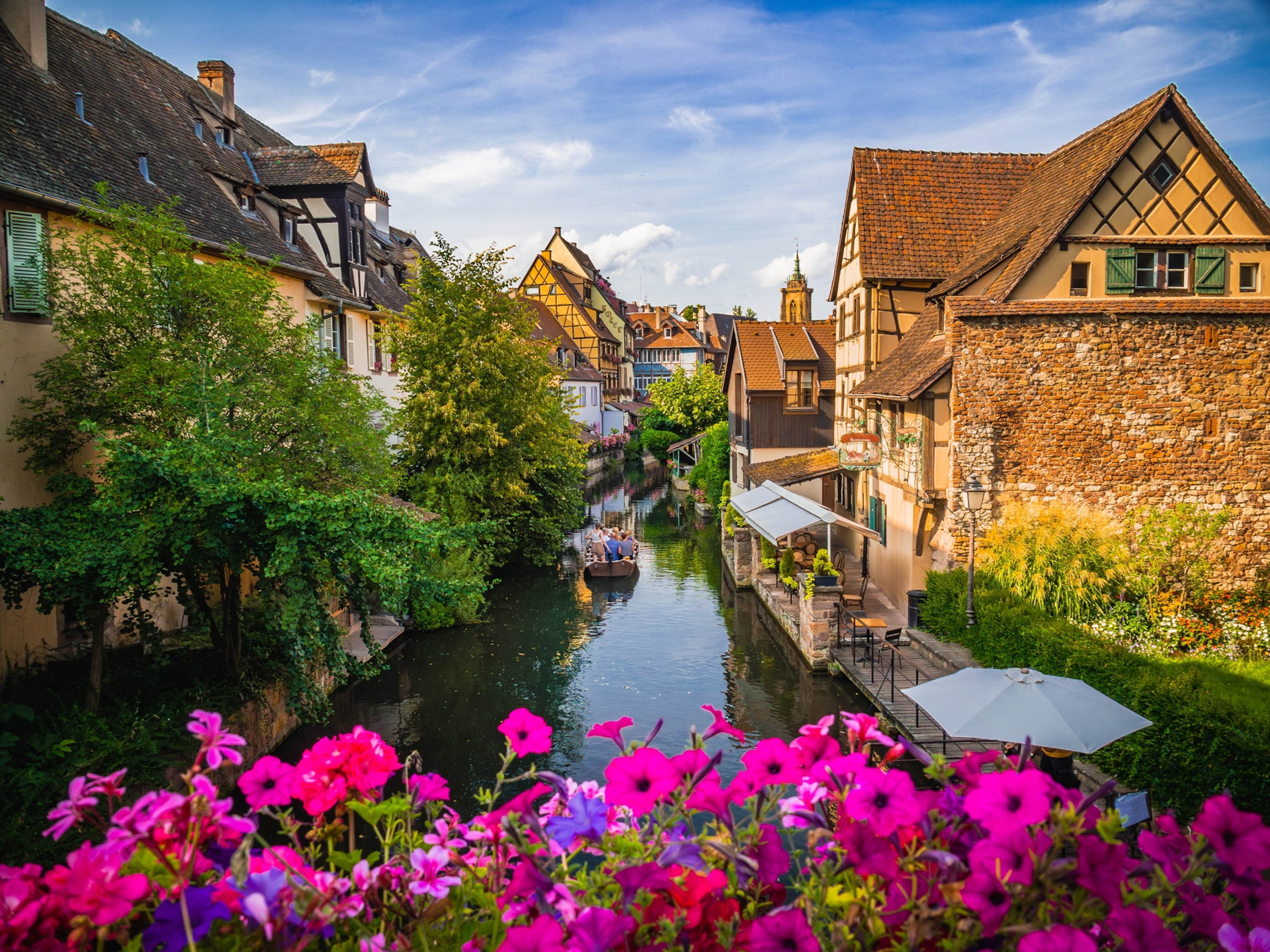
Discover the Chocolate Capital of France
Cocoa hits all the sweet notes in the Basque town of Bayonne.
The sweet scent of chocolate floats on the very breeze in Bayonne.
This may surprise visitors who find their way to this otherwise modest Basque town in southwestern France. It shouldn’t. Bayonne played a pivotal role in the spread of the cocoa confection through Europe, thanks to its proximity to Spain, where cacao beans were first brought by Spanish colonists upon their return from South America.
Bayonne intrigued me on my first visit, one long-ago August afternoon. I arrived during the Assumption Day festival, when flag-lined streets were jammed with rowdy locals sporting red Basque-pride neckerchiefs. Absorbed by their celebrations, nobody returned my smile. I felt like an interloper. But behind Bayonne’s boisterousness I sensed a strong regional spirit, a fierce fidelity to the town’s traditions. Key among which, I’d learn, is the making of chocolate.
So when I heard rumors of a nascent chocolate revival in this port city at the foot of the Pyrenees, I made plans to return. I knew my first stop: Chocolat Cazenave, a small shop and salon de thé tucked under stonework arcades, where chocolate has been made since 1854 and where I have just had an epiphany.
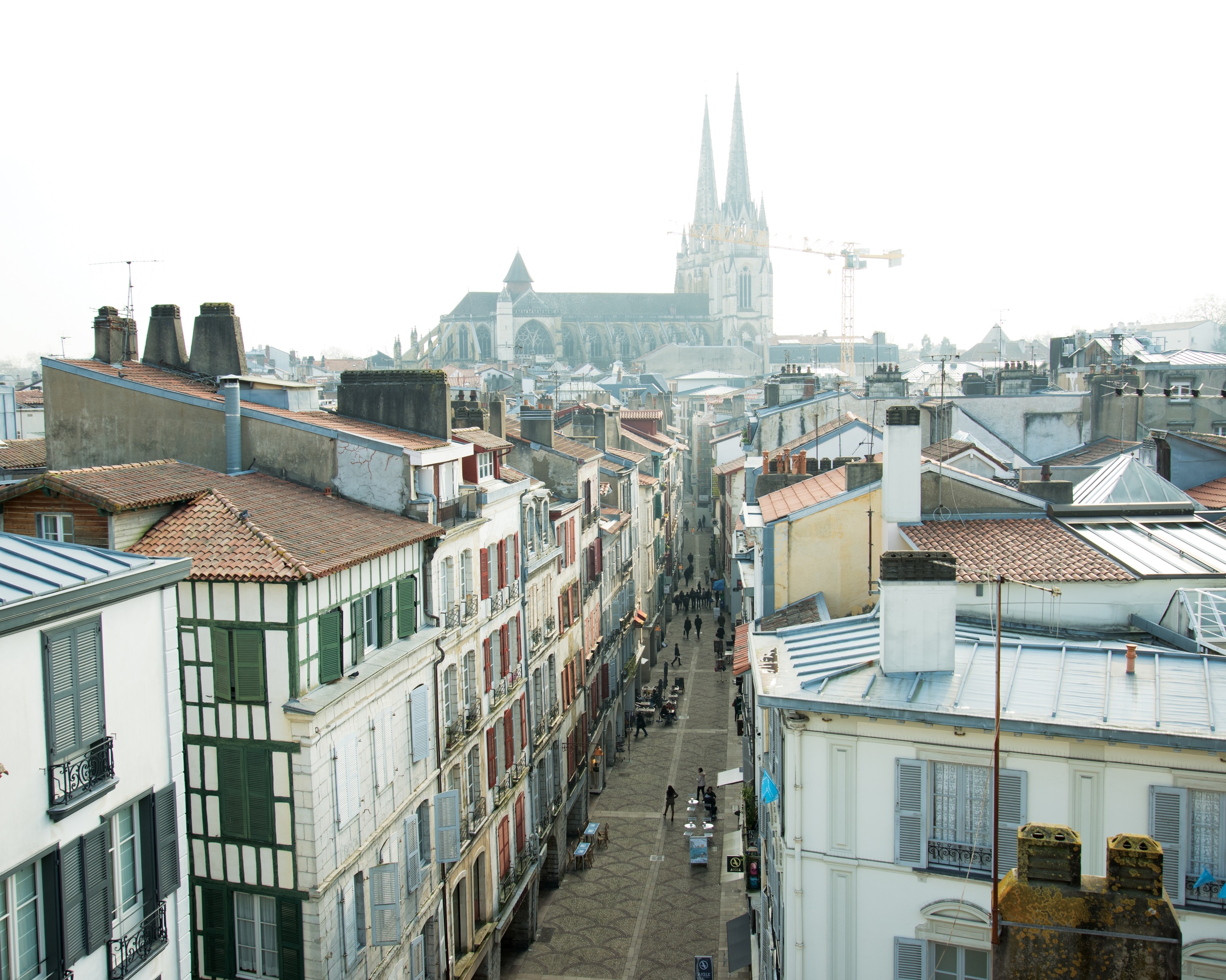
On my table sits a porcelain teacup filled with a thick drinking chocolate redolent of cinnamon and vanilla and coiffed with a dome of dense foam. “This is how chocolate was originally consumed in France,” owner Marie-Claudine Maudet tells me, “by melting the bar into milk and frothing it.” What I taste is an alchemy of the highest order.
“Bayonne’s chocolate reputation began in the 17th century, when Jews fleeing the Spanish Inquisition flocked here from Spain and Portugal,” says Andy Fisher, a transplanted New Zealander who has become the city’s resident chocolate guide and is escorting me on a half-day tasting tour of Old Bayonne. “Spanish colonists ‘discovered’ drinking chocolate in Mexico,” Fisher explains as we head to Rue Port Neuf, the pedestrian “chocolate street” where many of the town’s oldest chocolate makers have their shops. “Some colonists brought cacao beans back to Spain, but the bitter cocoa powder didn’t immediately please palates.”
It was the addition of sweet cane sugar and cinnamon that would vault chocolate into a special category. “Soon Bayonne became France’s chocolate-producing capital, thanks to Jewish savoir faire,” Fisher adds. “It stayed that way until the 1800s.” He steers me toward the bright orange awning of Maison Pariès, the fashionable “Chanel” of local chocolate houses. Its gleaming array of chocolates looks too pretty to eat but I succumb, for the sake of history, when I learn that the chic maison was founded in 1895 and is still owned by the original family. My choices include chewy Kanougas caramels—Pariès’ “ancienne specialité”—and chocolates shaped like the nearby Rhune mountain.
Next we hit a more recent purveyor of Bayonne chocolate, Puyodebat, to admire its collection of antique hot chocolate pots, complete with wooden frothers. The French invented this elegant service, Fisher notes, when hot chocolate was all the rage at Versailles. I leave with a small bag of praline craquinettes, the chocolate-hazelnut house specialty.
By the time we reach L’Atelier du Chocolat, I’m beginning to feel a bit overwrought from the caffeine and sugar. Still, I steel myself as shop manager Sylvie Bernac spreads molten chocolate on a tray in the store’s demonstration workshop.
“Would you like to taste our specialty, made with our local hot pepper powder?” she asks me, looking up from her work. Everything I love about Basque country now fuses in the complex flavor of the dark sliver she proffers. Rustic tannins melt into subtle sweetness tinged with the piquancy of piment d’Espelette.
I express my amazement at the sublime pairing. “You know,” she says, “when I am a bit down, I take a piece and up I go!” I can relate to that.
As we head back out, Fisher tells me that L’Atelier du Chocolat is just one part of a Bayonne chocolate dynasty that includes a popular diversion: a “chocolate discovery museum,” in their workshop on the outskirts of town, with exhibits on the history of chocolate, chocolate-making tools, and chocolate’s central place in the regional culture. In other words, chocolate heaven.

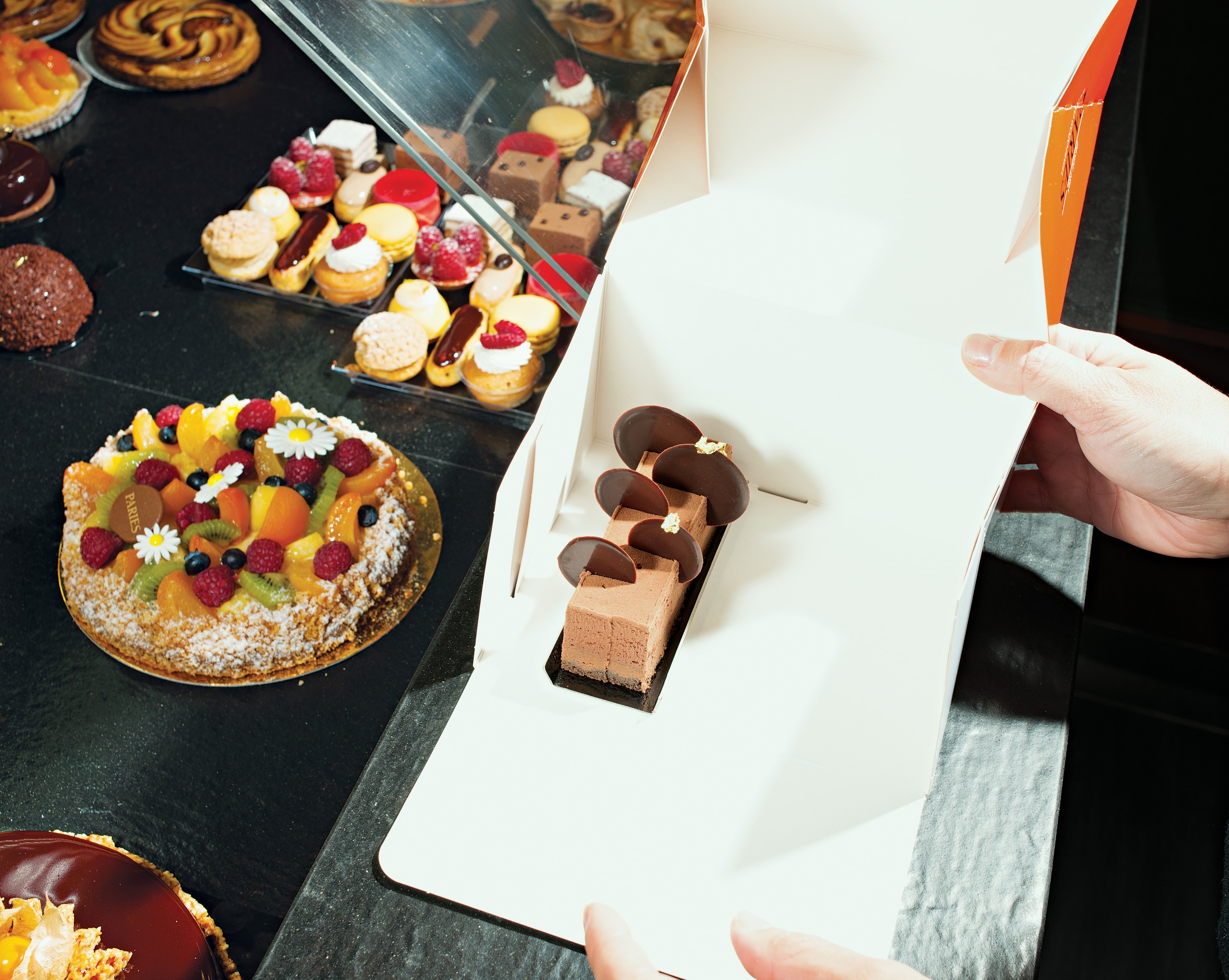
- National Geographic Expeditions
From the riverfront in Bayonne’s old town, streets sweep up to the Cathedral of Saint Mary, looming over the confluence of the Nive and Adour Rivers. If a night could be described as medieval, I’m experiencing it. A few people scurry home across cobblestones slick with rain as the metal curtains of cafés come creaking down. A strong wind rips through the rues. For a traveler, hunger and thirst sometimes are indistinguishable, in the way that biting cold can feel like fire. Spotting the light of a creperie, A La Bolée, spilling onto the cathedral’s flank, I pause.
“Of course we are still serving. Come on in!” the Amélie-like waitress says. Since I’m alone, and she is chatty, I ask Lucie where she goes for her chocolate. Maison Pariès, she says, for boxed chocolate as gifts—“the wrapping is so pretty, it’s like buying jewelry!”—and Chocolat Pascal, “because, you know, I’m young and I love music, and Pascal, the owner, is also a jazz musician. On Saturday mornings, he has record exchanges at his shop’s café.” He also serves chocolate in many permutations, from pralines to ganaches, truffles, and hot chocolate in what he calls “une ambience jazzy.”
The ambience is more on the stylish side in Pâtisserie Lionel Raux, a “pastry shop, chocolate maker, teahouse,” according to its signage on an elegant corner building. By now I know that “teahouse” in Bayonne means one thing, hot chocolate, so I am prepared. Bypassing the selection of pastries and bonbons, I head upstairs to the light-flooded tearoom overlooking the city’s ancient market square and order the chocolat chaud. As I stir the scoop of creamy homemade ganache into a tall glass of steaming milk—yet another take on the town’s four-centuries-old sweet tradition—I’m reminded how a simple drink can build a liquid bridge between the past and the present.
My final epiphany is simple, as epiphanies go: Chocolate is much more than an indulgence in Bayonne. It’s a way of life.
Cocoa connoisseur Ceil Miller Bouchet has previously called the Bordeaux region home. This was the first visit to Bayonne for photographer Brian Finke, who made sure to bring chocolate treats home for friends.
